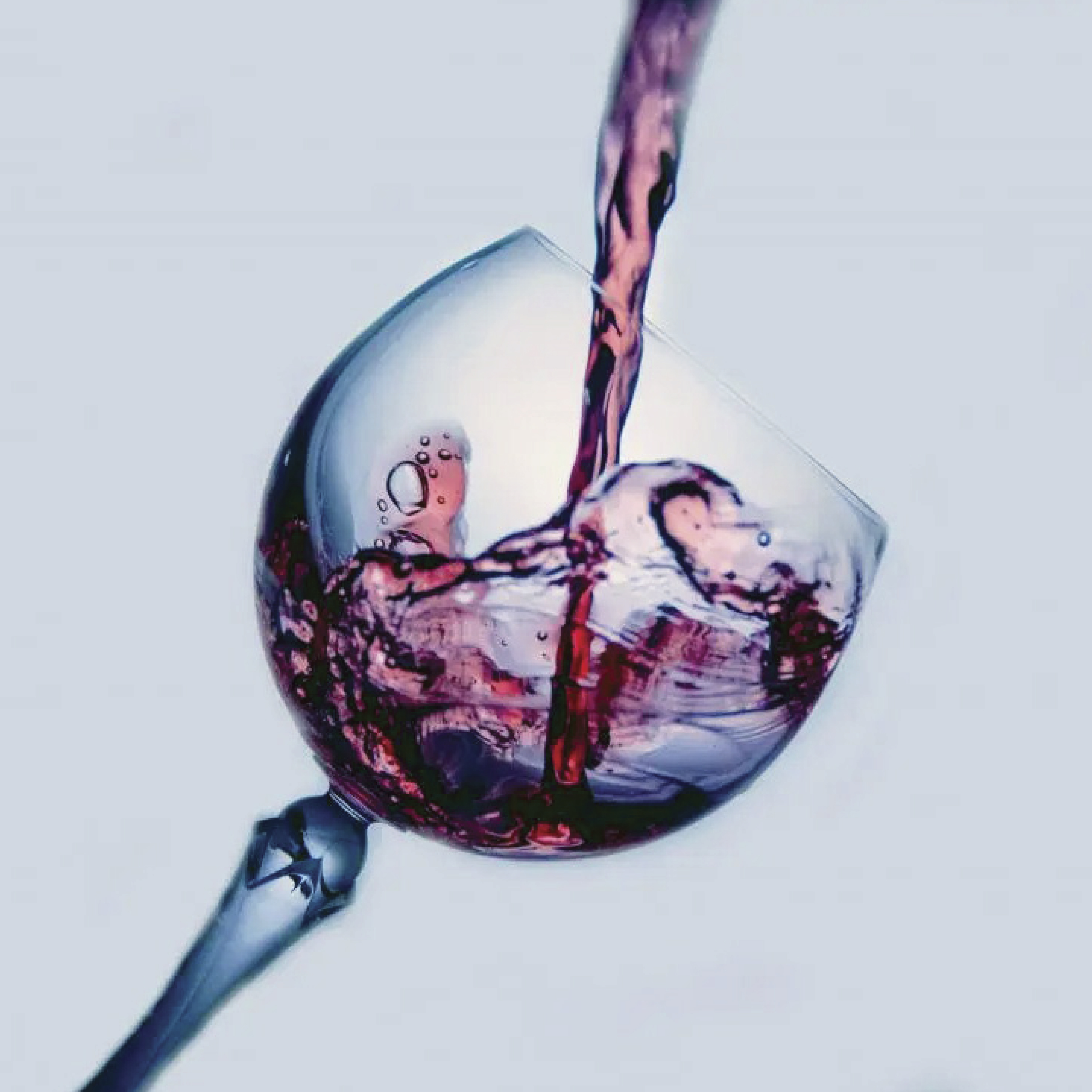National Wine Day: To Filter or Not To Filter Wine

While there is currently a trend towards a more natural, unfiltered wine, filtration is broadly used by winemakers to improve the texture, clarity, and safety of wine. As we celebrate National Wine Day on May 25th, we thought we would take a closer look at membrane filtration in the winemaking process.
Why is Wine Filtered?
Once the fermentation process is completed, the wine contains lots of microbes, yeast cells, and suspended solids that give it a cloudy appearance. Before the wine is bottled, this unclear liquid is typically filtered to remove these unwanted particles and to clarify the wine, thereby giving it a better texture, flavor, consistency, and stability before being bottled for distribution and sale to customers, as well as a more appealing appearance when poured into a wine glass.
Filtered vs Unfiltered Wine
Not every winemaker chooses to filter wine, and not every wine needs to be filtered. Wines which may be left unfiltered include: small production red wines, dry wines, white wines aged in oak barrels, wines that have undergone a second (malolactic) fermentation process. Unfiltered wines are left to stand for a period of time to allow the yeast and sediment to settle to the bottom of the barrel or tank due to the force of gravity. Once the sediment has settled, the clear wine is siphoned off (racked), leaving the cloudy wine (lees) at the bottom of the barrel or tank. Wines which are almost always filtered include: large production wines, sweet white wines, fruity or floral dry white wines, wines made from fruit containing the fungus Botrytis cinerea, also known as 'Noble Rot' (1).
There are many reasons to filter wine rather than letting it stand in order for the sediment to settle. Filtering gently polishes the wine and gives it a softer finish. It also helps remove bacteria that could potentially impact the integrity of the wine or pose a health risk if consumed. Although it is not a health or safety requirement, most modern and commercial wines are filtered in some way (2).
How the Filtration Process Works
During the filtration process, wine is passed through a membrane containing tiny holes, or pores, which allow the wine and smaller particles to pass through but retain larger particles of suspended solids much like using a coffee filter (2).
Wine typically undergoes two filtration processes: during the first filtration stage, a filter membrane with larger pores is used to remove the yeast particles that give the wine a cloudy appearance, allowing small bacteria to pass through with the wine; in the second filtration stage, a filter membrane with smaller pores is used to remove any bacteria remaining before the wine is bottled (1).
Winemakers generally tend to opt for membranes with a pore size of 0.2µm for the microfiltration process as this offers the best outcome in terms of wine clarity and flow rate, while membrane fouling is kept to a minimum. A 0.2µm pore size is large enough to allow the molecules that contribute to the flavor, structure, and enjoyment of the wine, to pass through (3). The only real exceptions are bolder, full-bodied red wines, which have other options such as adding higher doses of sulfites to suppress microbial activity to reduce the risk of spoilage.
Winemakers tend to be reluctant to use microfiltration membranes with a pore size below 0.45μm to filter bold red wines due to the long-held belief that this will strip the aroma and color from the wine, thereby detracting from its character (4). Consequently, many winemakers avoid using sterile filters, which can lead to the finished wine containing microbes that can increase the risk of spoilage, resulting in a bad bottle of wine. However, most surface filters currently available on the market are made of non-polar materials such as nylon, polyethersulfone (PES) and polyvinylidene fluoride (PVDF), which result in minimal loss of color from wines as they pass through the filter, making them suitable for filtering a broad range of wines, including bold full-bodied reds.
References:
- Wine Folly (2023) Filtered vs Unfiltered Wine: Which is Better? Available at: https://winefolly.com/deep-dive/fining-and-filtered-vs-unfiltered-wine/
- Ochs , A.L. (2021) A closer look at winery filtration methods & filtration solutions, The Grapevine Magazine. Available at: https://thegrapevinemagazine.net/2021/09/a-closer-look-at-winery-filtration-methods-filtration-solutions/
- Carey , R. (2017) Membrane filtration, Wines & Vines - membrane filtration. Available at: https://winebusinessanalytics.com/sections/printout_article.cfm?content=185039&article=feature
- The Australian Wine Research Institute (2023) Filtration – physical removal of microorganisms, The Australian Wine Research Institute. Available at: https://www.awri.com.au/industry_support/winemaking_resources/storage-and-packaging/pre-packaging-preparation/filtration-physical-removal-of-microorganisms/
- Most Viewed Blog Articles (5)
- Company News (284)
- Emerging Technologies (64)
- Microbiology and Life Science News (93)
- Water and Fluid Separation News (97)
- Filtration Resources (93)
- Product News (19)

![Join Sterlitech at BIO 2024 [Booth #5558]: Exploring the Future of Biotechnology](https://www.sterlitech.com/media/blog/cache/300x200/magefan_blog/b4.jpeg)




